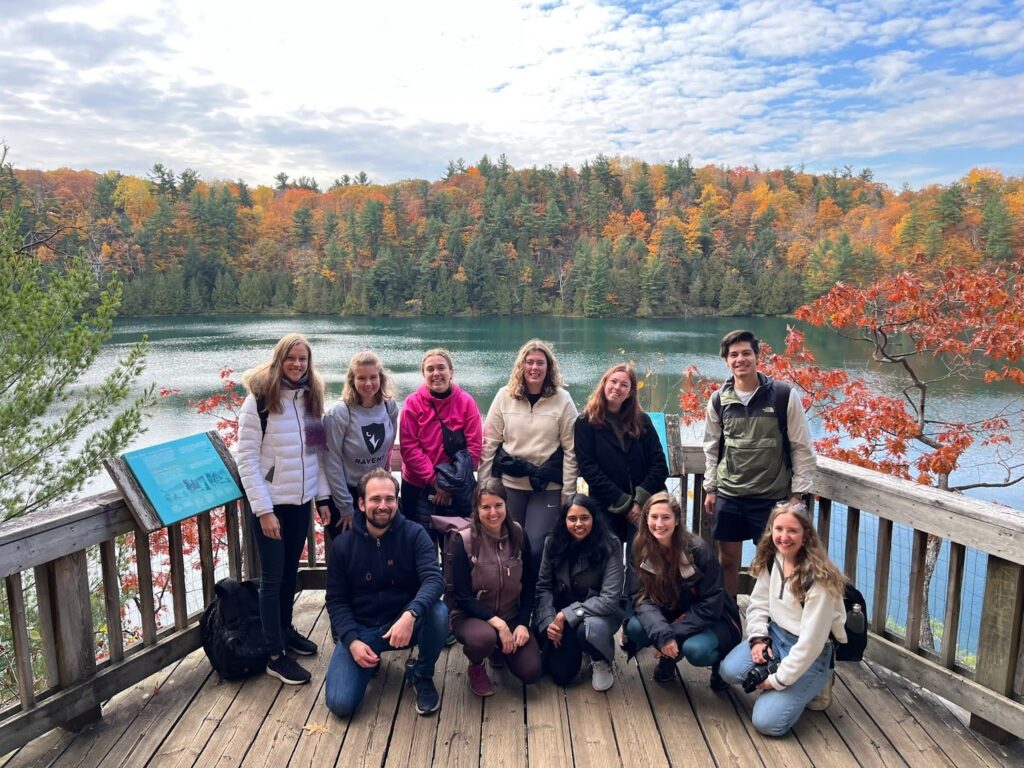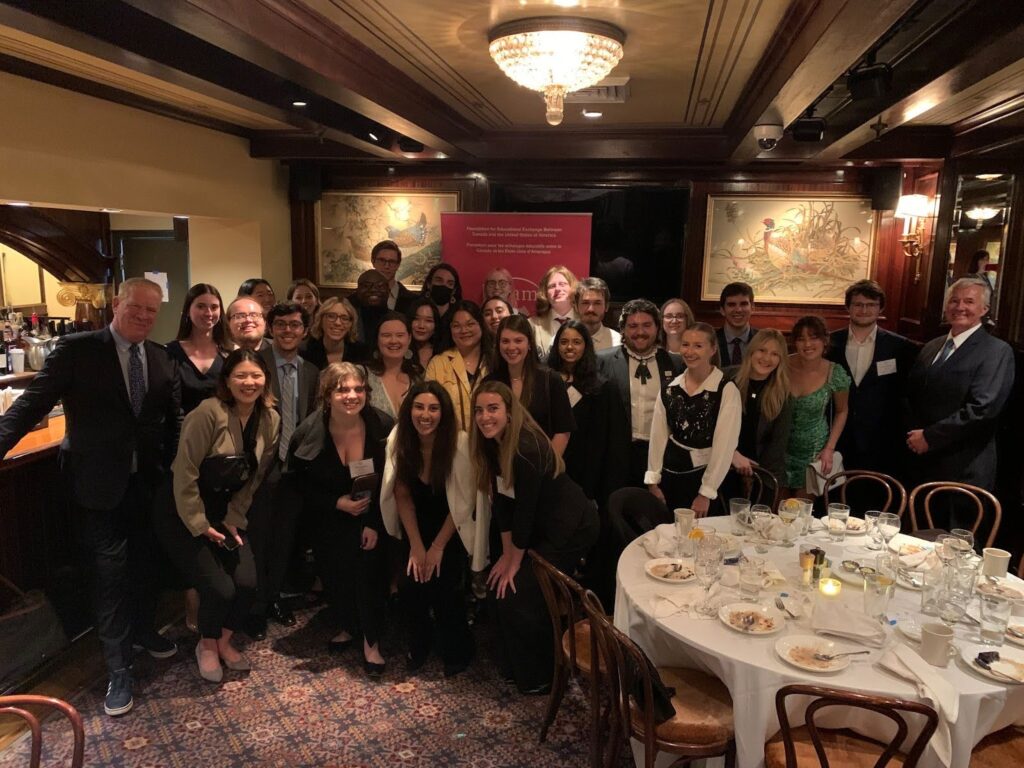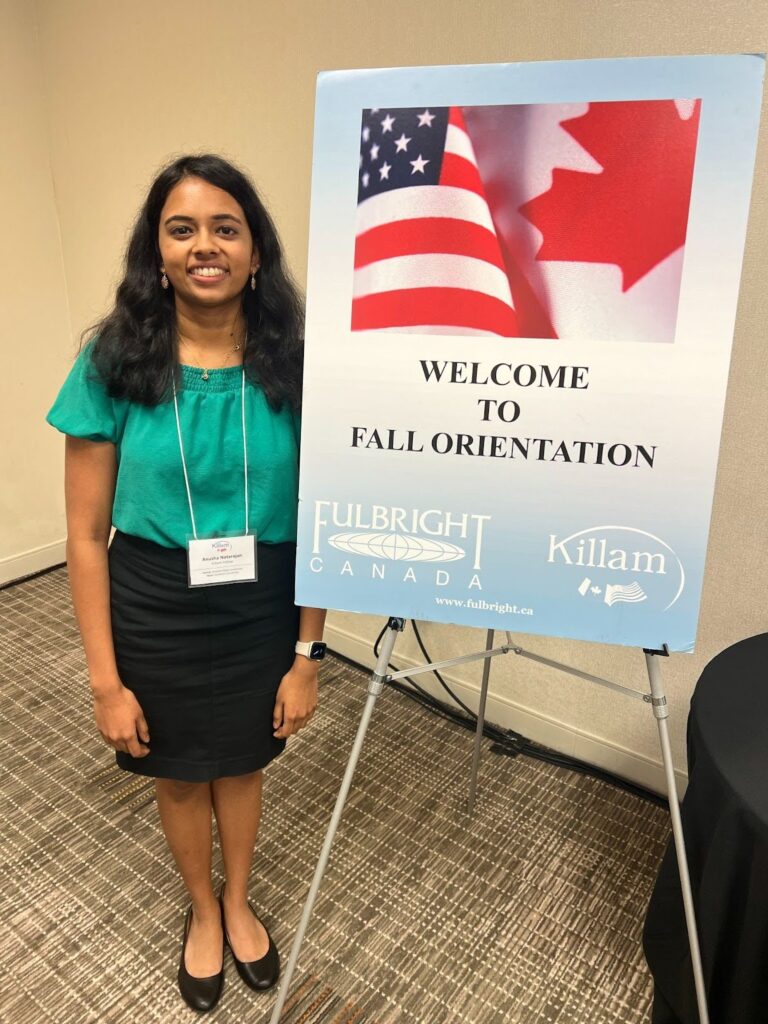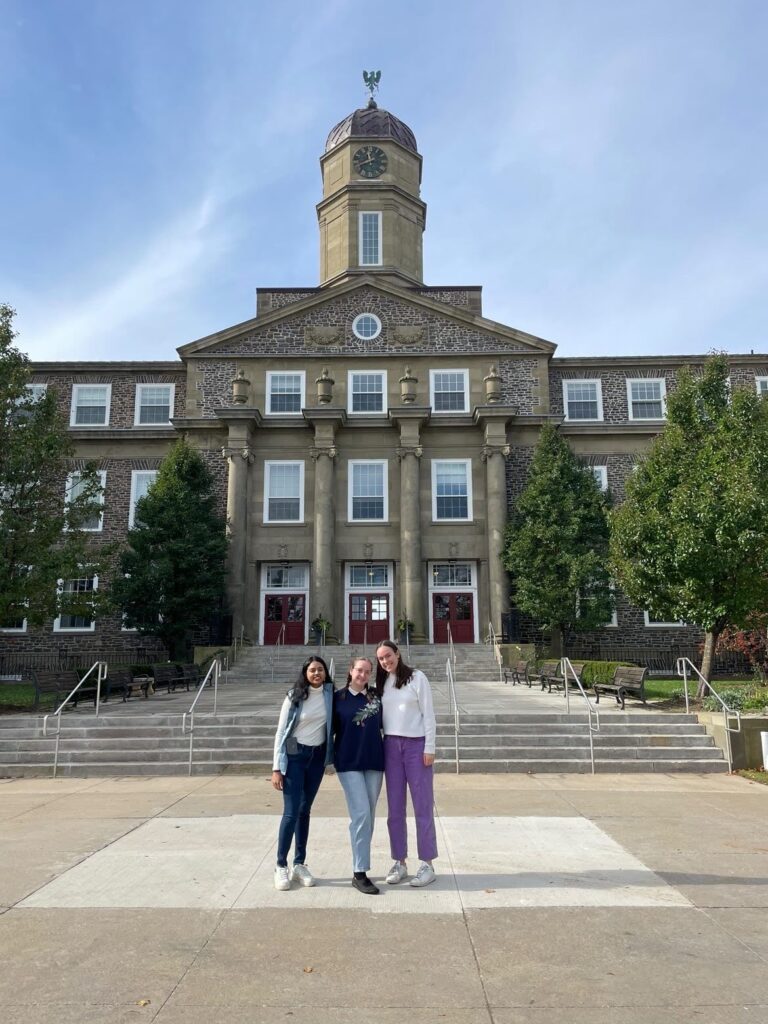
The Killam Fellowship Program, a type of Fulbright award, offers undergraduates the opportunity to study in Canada for 1-2 semesters as exchange students. Fellows can register to take classes at Canadian universities and receive an award of $6,000 US per semester. As a Killam Fellow, participants are also eligible to apply for a mobility grant of up to $800 to explore Canada further and better understand the host country.
We recently interviewed Anusha Natarajan, who received the Fulbright Killam Fellowship to study at Carleton University in Canada. She shares her time as a fellow, her educational interests, her adventures traversing Canada, and tips for your Fulbright application.
You studied various topics in sociology, history, political science, quantitative science, and a minor in Spanish! What made you want to study these topics?
I am interested in a wide variety of topics, and it was hard for me to narrow it down to one field! I decided to major in sociology because I am interested in technology, health, and education and how they work with our institutions, like businesses, governments, and schools. I decided to add history to become more proficient in my writing and understand how qualitative data can provide context and understanding of society and community at specific periods. I later on added political science because I only needed a couple of classes to finish the degree, and then I ended up getting super interested in data and quantitative analysis, so I added an applied quantitative science degree for me to further learn about different quantitative methods, ranging from statistics to data science. I have been learning Spanish for quite some time since middle school, so I decided to continue that in college and minored in it.
How were you able to obtain such multiple degrees/majors?
I came in with college credit from high school, and ASU (Arizona State University) had no caps on the number of majors and minors I could do. I simply needed to ensure I filled in those appropriate requirements. Surprisingly, there was some overlap in my interests, so I could take classes that counted for credits for multiple programs I had.

What made you want to apply to the Fulbright Killam Fellowship in Canada?
Initially, I wanted to apply for the Fulbright UK Institutes, but unfortunately, I was ineligible, as the Fulbright UK institutes wanted students who did not already have international travel experience. So, the scholarship office told me to check out the Killam fellowship program, which did not have such stipulations. I decided to apply for it because of the alumni benefits, plus studying abroad is something I have always wanted to do.
The application process was definitely arduous. Since I applied as a freshman, I have been at the very beginning of building relationships with faculty through research, classes, and extracurricular clubs. Gathering recommendation letters and crafting the perfect personal statement was a grueling process. Plus, a lot of research was needed to find the university that was the perfect fit for me.
I appreciated the support and encouragement from the scholarship office and my professors because, especially as freshmen, we face so many obstacles in navigating college, academically and personally. I told myself regardless of how the results would turn out, this would be a good learning experience in how to strengthen my goals and mission, especially trying to build a four-year plan for college.
Because of COVID-19, my exchange was pushed to fall 2022. I actually was supposed to go in spring 2021!
How was your time at Carleton University in Canada? What were the main projects you worked on?
It was an incredible experience! Usually, I had classes on Tuesdays and Thursdays in Japanese history and the French Revolution for my history major, as well as Canadian Constitutionalism and an Ottawa Geography Field Course. In this course, I got a closer view of the city and understood the history and evolution of Ottawa by going into different ethnic neighborhoods or exploring popular sites. I also continued taking online courses at ASU and would spend leisure time with my Fulbright friends at various coffee shops.
Some of the main projects I was working on were researching the Canadian constitution and how regionality has affected the women’s suffrage movement in the country, which I noticed parallels with the women’s suffrage movement in the States. I also did some fieldwork research about how landmarks and monuments define a place and a city.

Were there any challenges you faced during the Fulbright experience?
Initially, trying to be more specific on the ‘why Canada?’ was complicated for me. I had to research how going to Canada extensively would advance my research interests and focuses.
I was particularly interested in learning more about the Commonwealth and how British law has influenced Canadian law and policy, leading me to choose Ottawa, the capital city of Canada, as the location I wanted to be in.
During the experience itself, one of the personal challenges I faced was adapting to the weather, as I was used to drier and warmer weather. Another difficulty I had was getting used to the grading system because the Canadian grading system was a lot more challenging than I was used to.
What was a key takeaway for you? How did the Killam Fellowship help you leading up to graduate school?
My favorite part of the experience was interacting and making lifelong friendships with people from different backgrounds and places in the world. We had a shared interest in getting to know each other’s countries and cultures. I learned so much about everyone’s day-to-day life back home and how they adapted to a new area and culture.
I also learned the steps Canada has been taking to address AI and political misinformation, and I look forward to delving more into that research in my graduate studies.
Personally, the fellowship taught me how to adapt to a new place and make the most out of the opportunities I have with me, which I have been trying to work on in grad school.
I also explored other parts of the country, as one of my perks was a funded trip to another part of Canada. I spent a week in Halifax, Nova Scotia, learning about how the city was crucial for defense and immigration. I also had opportunities to go sightseeing at Peggy’s Cove and parks around the area.

Now, as a graduate student at Columbia, what do you hope to do next?
I hope to gain more data science, statistics, and computer science skills and apply those methods to understanding today’s problems, especially the rise of AI in misinformation and education.
With my passion for the social sciences, I want to use the technical skills I have gained to provide insight into the trends we see. I want to understand what solutions we can implement to tackle societal problems, like misinformation and inequality, in the health and education sectors.
And finally, can you share any advice and application tips?
My biggest advice is to normalize the idea that it is okay to go through several drafts because it helps you grow as a writer and as a person in getting to know who you are and what you stand for. Especially when working on a fellowship application, realize it’s okay if your first draft drastically differs from the final version. I also think writing more drafts helps you get through the writer’s block many of us face with these fellowship applications. I went through 10-11 drafts for Killam and faced the same hardship even when writing my personal statements for grad school. There is no such thing as a perfect first draft, so don’t be intimated with revising!
Interested in the Killam Fellowship or other Fulbright programs? Be sure to bookmark them to your ProFellow account for the next application cycle!

© 2024 ProFellow, LLC. All rights reserved.